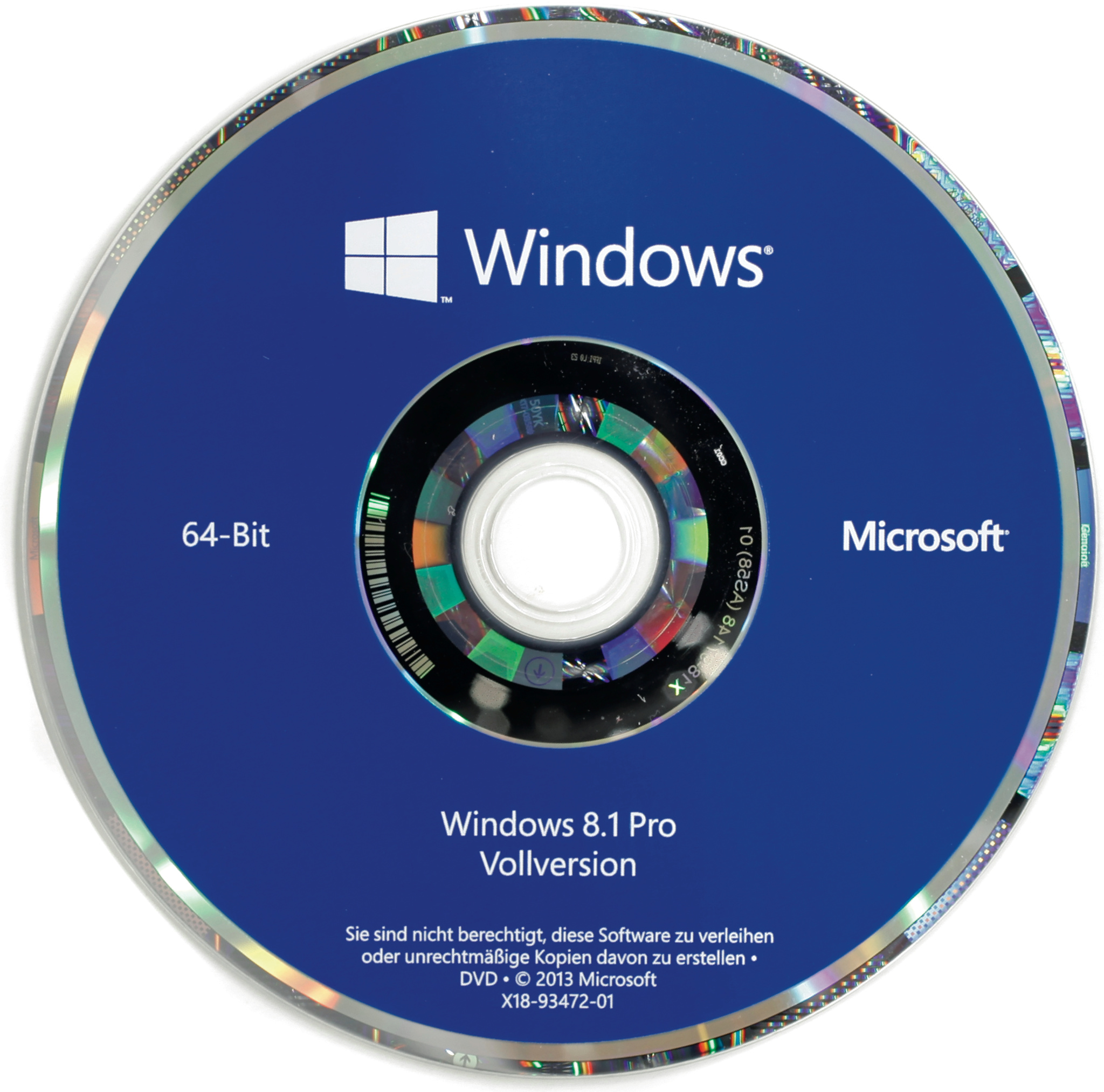

Choose “Defragment and Optimize Drives” from the results.Open “Search” by pressing on the magnifying mirror icon in the Task Bar and typing “disk defrag.”.You can do this using the defrag tool built into Windows. If you feel like your non-SSD hard drive is slowing down, then you should check to see how fragmented it is. SSDs work a little differently, and while they never need defragmentation (because fragmentation relates to where the data is physically stored on the drive, which isn’t a factor on SSD), they do sometimes need optimizing.

Traditional SATA hard drives may have largely made way for much faster solid-state drives, but they’re still very popular and remain an affordable way to store things like pictures, videos and other non-strenuous file types. On Dell and HP laptops, you should be able to check hard drive health by going to the BIOS and looking for “Diagnostics.” 2. The BIOS is also a good place to see whether the hard drive you want to check is actually being detected by your PC/motherboard.


 0 kommentar(er)
0 kommentar(er)
